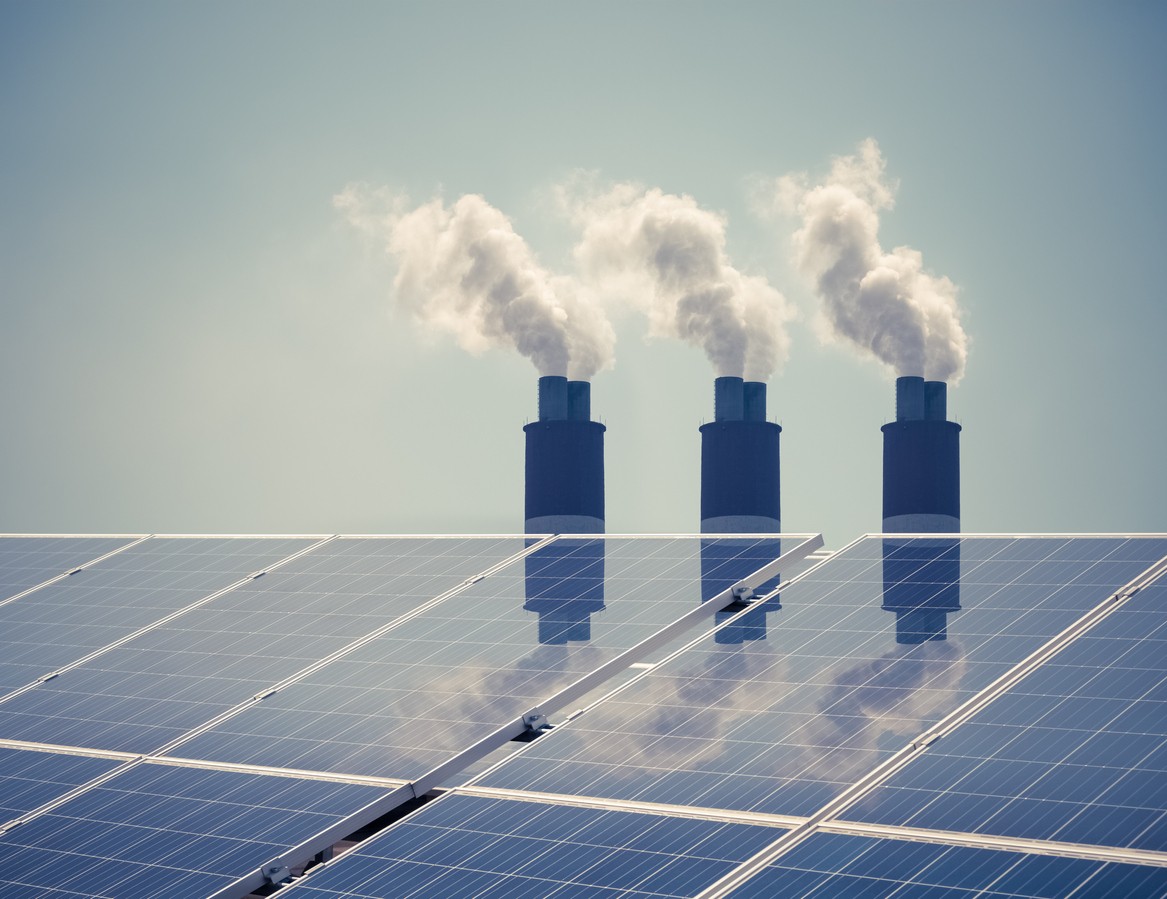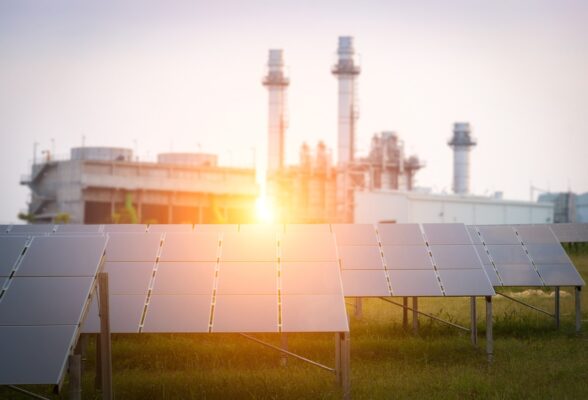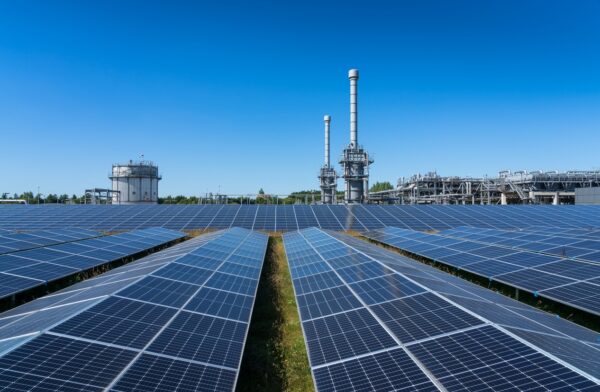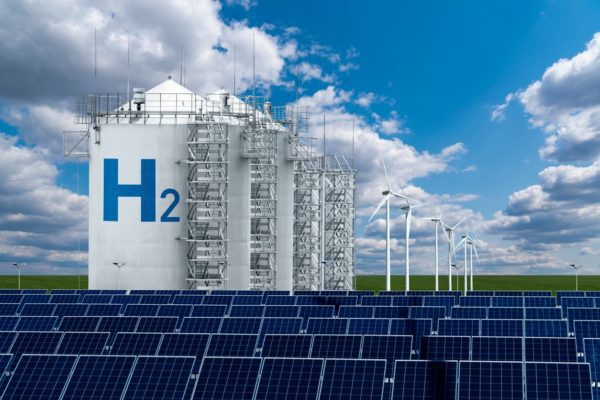
With the industrial revolution, business facilities and factories have become the largest energy consumers in the world. Their high volume and massive scale of operations centralized in one location require an uninterrupted electricity supply.
That is why many giant enterprises and industrial plants consider commercial solar panels a perfect way to cut the operating costs associated with merchandise and manufacturing. In fact, this is one of the major reasons commercial solar systems are a pragmatic investment for industrial plants.
Solar Panels Effectiveness for Commercial Operations

Most of the excitement around the commercial solar system in this century is because of the rapid decline in their costs. Commercial solar panels have become the most economical energy source globally in the past few years. It has significantly surpassed its fossil fuel counterparts, such as oil, gas, and coal.
Modern solar skepticism, however, still mostly revolves around the issue of how to provide electricity at night or in inclement weather, especially when the sunlight isn’t strong enough. Even if new storage and net metering options assist in addressing the issue, many industrial plants continue to use grid electricity for a portion of the day.
The beauty of solar energy lies in the majority of energy used during the day in commercial applications, including corporate headquarters and manufacturing facilities. Large industrial facilities can use solar energy without investing in a storage system to satisfy their energy needs at night.
While a factory needs a significant amount of energy for operational purposes, a commercial solar system can produce at its highest level to meet the energy-supply needs. However, the solar panels are dormant at night as the facility uses the least energy.
Due to the dynamic scale of economy that commercial solar electricity offers, it is an even better deal for long-term savings. According to pricing data from Energy Sage Solar Marketplace, consumers will spend less per watt for solar systems as their size increases.
Solar energy solution has earned the distinction of being the cheapest energy source in the world, largely thanks to commercial and utility-scale installations. Commercial solar installations are offered competitive prices for larger manufacturing plants, ensuring a quick break-even point.
Industrial Application of Commercial Solar Power
The development of battery storage options to complement each installation has increased the appeal of using solar electricity for industrial purposes. In the future, there will likely be 3.5 GWs of capacity available which is a twofold increase in battery deployments from the previous years.
Plus, commercial solar projects are scalable because of their lower size, which prevents them from being hampered by the political bickering associated with fossil fuel usage or the astronomical upfront capital costs necessary to construct such facilities.
In addition to the lower cost and smaller size, the granular options also allow for easy scaling due to their modular nature, which could be better for the evolving energy needs of the industrial sector and effective at making a low-carbon economy possible.
Given the urgency with which the world must act to address the climate emergency, it is equally important to implement the solar energy transition rapidly. Industries can’t wait years to construct a nuclear power plant when a solar array of the same scale that could be built in a few years would be a much more appealing alternative.
Moreover, because commercial solar power projects are less complex, they are less likely to have costly delays and overruns. As a result, technical advancements that increase cost- and technological efficiency typically occur more quickly.
Industrial Roofs and Commercial Solar Power Plants

Factory buildings are an excellent case for commercial solar energy because of their roof type and size. Most big commercial structures have roofs with sufficient space, making factories and industrial plants contextually ideal for solar panel installation.
However, small buildings’ roof designs might pose challenges for installing solar systems because they have a smaller surface for solar panel installation due to skylights, dormers, and sharply slanted roofs. To maximize sunshine exposure, solar panels should preferably be set facing south; however, this is only sometimes possible with small angled roofs.
9 Factors Industrial Plants Can Consider for Commercial Solar Power

Industrial plants need to take into account certain key factors when selecting a commercial solar system. Here are a few of them.
1. Capacity of a Solar Plant
This is a solar plant’s average daily production capacity for businesses.
2. Inverter Rating
In solar farms and other places, solar inverters function as converters to shift direct current to alternating current. An inverter with a high rating is advantageous for industrial plants.
3. Solar Cells’ Unit Nominal Power
The market offers a variety of versions from various manufacturing brands, including 180Wp, 330Wp, 400Wp, and so forth. Select a power unit that meets an industrial plant’s needs while considering other variables.
4. Cable Type
For improved productivity, copper cables with a high voltage grade should be utilized for DC, while aluminum cables with the same voltage can be used for AC. This is a crucial feature to take into account when selecting a commercial solar panel system for industrial use.
5. Performance Ratio
The commercial solar power plant’s performance ratio should be greater than 80%. Before purchasing a solar panel system, make sure to verify this ratio.
6. Monitoring System
Your commercial solar panel system’s plant should use cloud-based monitoring.
7. Payback Period
The payback period, often known as the length of time it takes to recoup the initial installation costs, varies depending on the type of solar plant installed. People often see the payoff, though, after 5 to 6 years.
8. Operation and Maintenance (O&M)
Efficient operation and upkeep, including specific and general checks, are essential for the useful performance of industrial solar power.
9. Annual Maintenance Cost
Commercial solar panels need routine cleaning and maintenance. It usually amounts to 1 percent of a commercial solar system’s initial cost. However, it is important to consider the annual maintenance cost.
The Cost of Industrial Solar Panels Price

The cost of installing a commercial solar panel system in a factory is an important concern of many industry owners. As the industries have a greater use of electricity compared to average residential properties, the installation cost is higher.
The specifications of the factory or industry where you want to put the panels will determine how much an industrial solar system will cost. Plus, the size and location of the rooftop, the capacity of the solar power plant, and the PV module types can all have a specific impact on the requirements.
Let’s have a look at a 100 KW industrial solar installation. The quantity of solar PV modules needed depends directly on your chosen solar PV module capacity. For instance, if you select a 400 Wp PV module, you will need 250 panels because [(100 x 1000) / 400].
For a 100kW grid-connected solar system, the total cost of the industrial solar panels is $56.25 000. (Including all associated expenses).
But there is a lot more to the science of calculating the total project cost. The greatest way to help your installation firm will provide you.
Understanding Industrial Solar Energy Goals
It is crucial to specify your objectives if you want to lower or stabilize the energy cost in your industrial plant. If you want to cut costs by 50 percent rather than 100p percent of your energy supply, the amount of commercial solar power system your industrial plant needs would be very different.
Additionally, suppose net metering is available where you live. In that case, you should add more solar panels to benefit from the credit you get for feeding any extra solar power back into the grid. Calculating your requirements for solar panels requires working with a professional solar energy consultant or solar equipment supplier familiar with your specific goals.
Turn to Coldwell Solar for Industrial Plant Solar Systems
By working with a trusted industrial solar power system provider such as Coldwell Solar, you can ensure that the solar panel installation is done properly, providing maximum benefits and reducing the risk of problems in the future.
Coldwell Solar is an experienced California-based company with the knowledge and expertise to properly design, install, and maintain a solar panel system in industrial power plants. Collaborating with it ensures that your commercial solar system is installed correctly and performs optimally. The company uses high-quality materials and equipment for the installation, which can provide long-lasting performance and durability.
Before installation, the expert team conducts an energy assessment to determine the proper size and design of the solar panel system, ensuring that it is tailored to meet the specific energy needs of the facility. Also, it adheres to all safety standards and regulations to ensure that the installation process is safe for both the workers and the facility.

